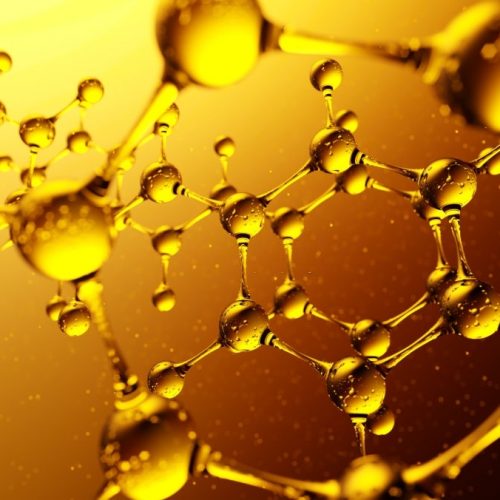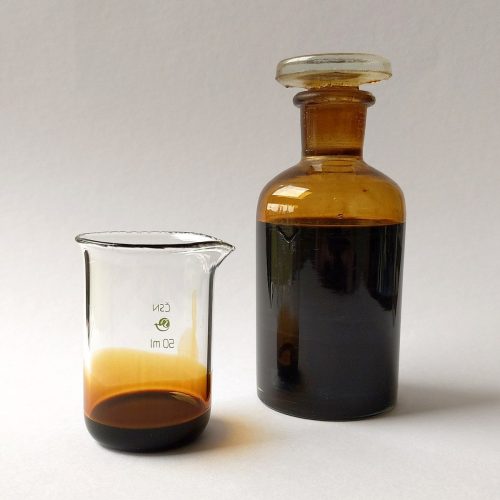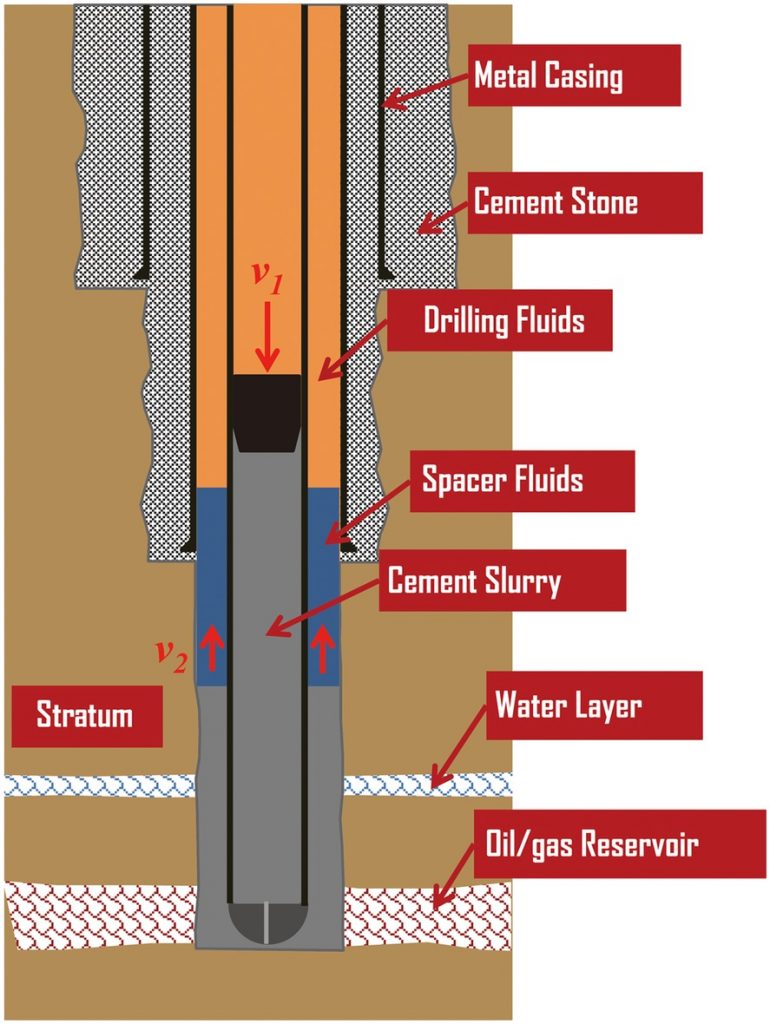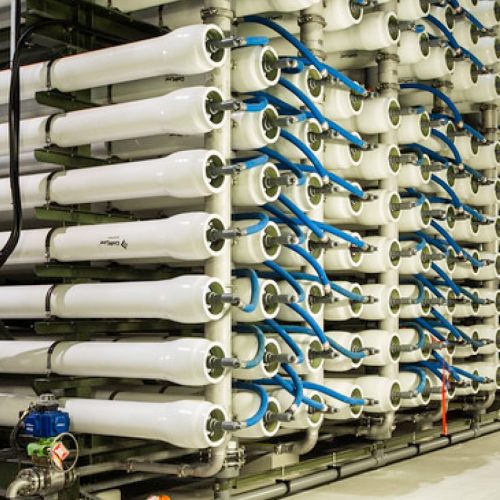

The majority of the world's rising energy demand is through some kind of fossil fuel, such as coal and oil. Oil exploration and the energy industry are well known to be large-scale industries, but they can also be dangerous to the world. Oil spills and unregulated oil well accidents are just a tiny proportion of the risks associated with oil exploration. That is why there are explorations about graphene towards its use in various stages. Because of its particular atom-thick two-dimensional structure and excellent properties, graphene is the centre of numerous studies’ attention. Some of the fields using graphene are biotechnology, biosensors, catalysis, electronics, energy storage, and conversion. Researchers focus on using graphene for drilling, desalination, cementing, and oil spills in the oil industry. It is because of graphene’s unique chemical, electrical, mechanical, and structural properties.


In addition to that, graphene is one of the most abundant materials on earth. It contains a lot of fascinating properties. According to studies, graphene is the best heat and electrical conductor.
Graphene is composed of pure carbon atoms. It is a single layer that has an arrangement of the hexagonal honeycomb lattice. Thus, graphene’s structure results in a single layer that is just an atom thick. In the whole world, graphene is the thinnest and lightest material ever known. It weighs approximately 0.77 milligrams and tensile strength of 130 GPa.
It is also a transparent material with a high density, excellent flexibility and elasticity, excellent resistance, and the ability to generate electricity through exposure to sunlight.
On the other hand, graphene oxide is the oxidized form of graphene. Just like graphene, it also has a single layer of carbon atoms. The production is through the oxidation of graphite, an inexpensive and readily accessible material. Since it is dispersible in water, it is not difficult to process. One of its benefits is its capacity to disperse in water.

For the past years, graphene is the focal point in researches. Graphene's unique chemical, electrical, mechanical, and structural properties make it optimal for a wide variety of applications in the oil and gas industry. Drilling, desalination, cementing, and oil spill cleanup are only a few examples of applications.
The drilling of the well is a crucial and challenging phase in retrieving oil and gas from the reservoir. There is an application of conventional drilling fluid. However, the water’s circulation is not merely water. It is a thick solution that contains additives and is usually bentonite-based. And although the bentonite solution is denser than the well-bore fluid, the bentonite solution’s particle scale prevents it from fully controlling fluid loss.
Graphene and graphene oxide can assist with fluid loss management, rheology, and shale stabilization. It is because graphene and graphene oxide are both much smaller and denser compared to bentonite. According to a study conducted by Xuan and Li, using graphene as an additive is better than bentonite that is ten times less additive.


The oil and gas industry has a 14% desalination market share. With the advancements in desalination technology, there will be more efficient innovations for fire control, industrial uses, irrigation, re-injection, etc. Recently, there are studies about the application of graphene and graphene oxide formatives in desalination.
Based on the results, graphene-enhanced materials and membranes are exceptionally constructive in salt rejection. Seeing as graphene is impermeable to liquids and gases despite being extremely thin, it will be feasible to build nanopores in single-layer graphene that allow water to pass but obstruct the passage of larger ions. With the developments of graphene-enhanced desalination, there are possibilities to solve wastewater concerns that serve as a concern in the oil industry.
Graphene and graphene oxide as an additive can also be an advantage for cement. Having solid, dependable cementing jobs is vital to the well’s success. In a study about the effects of graphene oxide as an additive, the results show that adding measurements as low as 0.05% of graphene oxide. Thus, it can improve 13% to 31% in comprehensive strength and 41% to 59% in flexural strength.


One of the major concerns in the oil industry is environmental factors. Indeed, there will always be spillage in the bodies of water. There will be a feasible alternative for oil cleanup using graphene and graphene and its formatives. Scientists are currently still researching applying graphene membranes, foams, and aerogels in the area.
Fill the form below: